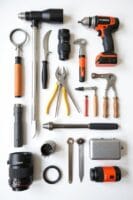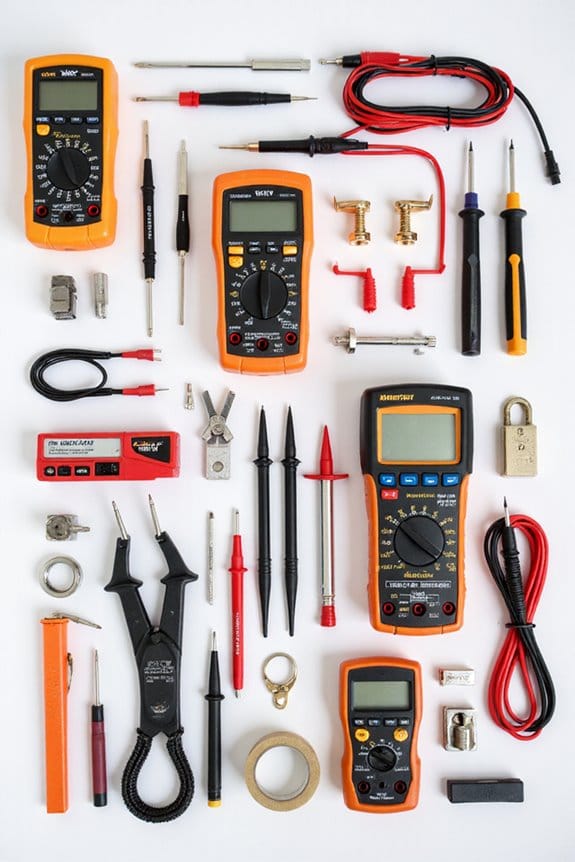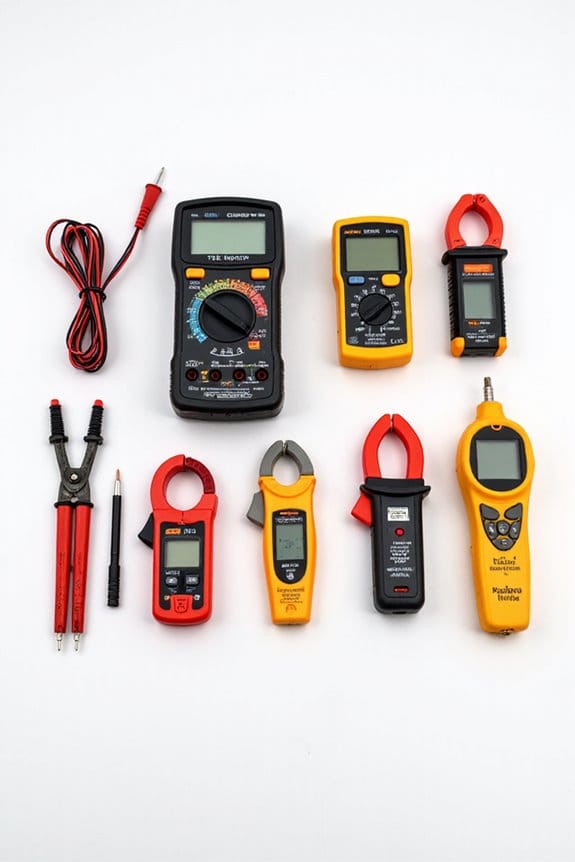Knowing when to replace testing equipment can be tricky, but I’ve got some guidelines for you. First, check the equipment’s age. If it’s nearing its manufacturer’s lifespan (5-15 years), it may be time for a change. Second, look at repair costs—if they exceed half of replacement costs, that’s a red flag! Third, consider performance and safety. If results are inconsistent or equipment doesn’t meet current regulations, it’s time. Stick around to uncover more helpful insights!
Key Takeaways
- Replace testing equipment if it exceeds the manufacturer’s expected lifespan of 5 to 15 years and shows signs of fatigue.
- Consider replacement when repair costs surpass 50% of the equipment’s replacement costs.
- Upgrade when equipment fails to meet current safety regulations or performance standards, risking compliance issues.
- Invest in newer technology that offers automation and enhanced capabilities for modern demands, improving efficiency.
- Regularly assess equipment for inconsistent results or mechanical wear, indicating it may be time for replacement.
Assessing Equipment Condition and Age

When it comes to evaluating the condition and age of your testing equipment, you might be surprised at how much it can affect your operations. Here’s how I assess things:
- Check Equipment Lifespan: Compare your equipment’s age to the manufacturer’s expected lifespan, usually between 5 to 15 years. If it’s older, it’s likely not performing at its best.
- Monitor Performance: Look for signs of fatigue, like inconsistent test results or frequent breakdowns. These can be red flags.
- Maintenance Strategies: Keep track of installation and upgrade dates. Regular checks can help you make informed replacement decisions. Additionally, regular calibration is recommended for accuracy in electrical testing tools, ensuring they remain reliable over time.
Evaluating Repair Costs Vs Replacement Costs
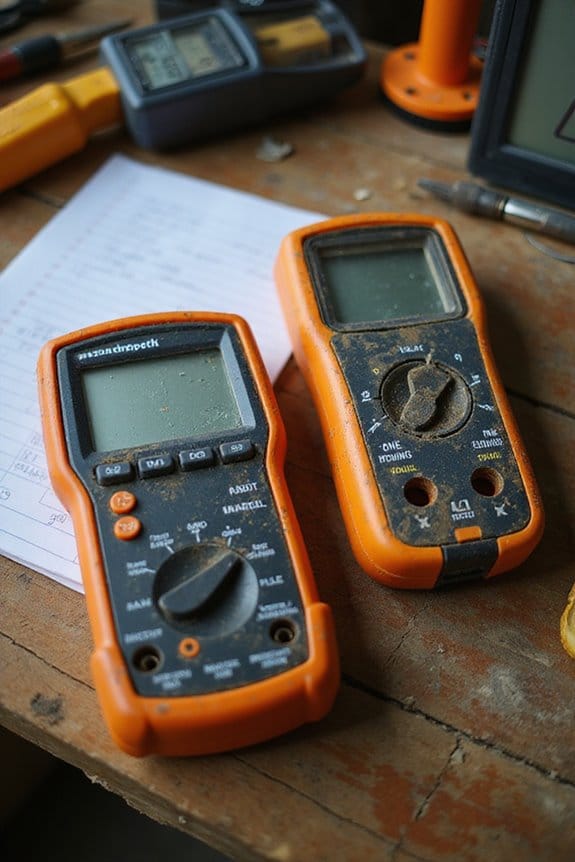
Deciding whether to repair or replace testing equipment can feel a bit like choosing between a rock and a hard place—especially when costs are involved. Here’s how I break it down:
- Repair Cost Estimation: Get detailed estimates. Include labor, parts, and potential downtime losses. This helps clarify your immediate costs.
- Financial Thresholds: Follow the “50 percent rule.” If repair costs exceed half of replacement costs, it’s usually smarter to replace.
- Future Considerations: Don’t just think about today. Consider long-term maintenance and operational downtime. Additionally, investing in essential electrical testing tools can enhance reliability and efficiency for future projects.
In my experience, a thorough cost comparison often reveals that replacement, while pricier upfront, can save money in the long run. Sometimes, new equipment is the best way to guarantee reliability and efficiency. Just remember to weigh all factors!
Understanding Availability of Parts and Service
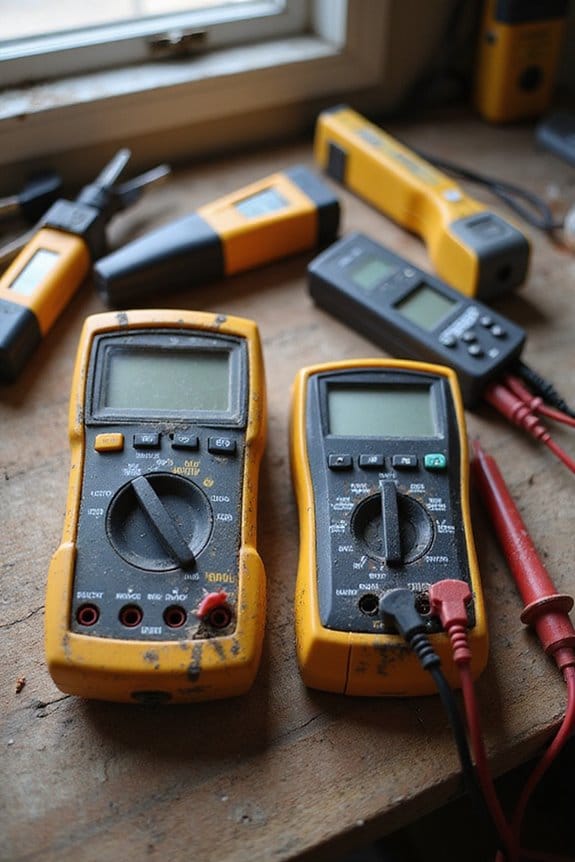
Understanding the availability of parts and service is essential, especially if you want to keep your testing equipment running smoothly. Here are a few things I’ve learned:
- Parts Sourcing: Relying on manufacturer-approved spare parts is vital. As equipment ages, sourcing those parts can get trickier.
- Service Contracts: Signing service contracts is a smart move. They often guarantee parts availability and prioritize repairs, which can save you stress.
- Plan Ahead: Keep an inventory of critical parts to minimize downtime. Trust me, it’s much easier to have a spare on hand than wait for a shipment.
- Tech Support: Remote diagnostics can help you troubleshoot quickly, so it’s worth considering tech support options. Regular annual software updates are also recommended to maintain compatibility and security.
Keep these tips in mind, and you’ll extend your equipment’s life!
Considering Performance, Safety, and Compliance

Keeping an eye on performance, safety, and compliance is just as important as guaranteeing you have the right parts and service for your testing equipment. Here’s what I consider:
- Performance Indicators: If your test results are inconsistent, it’s a red flag. Frequent recalibrations? That’s a sign of dwindling performance.
- Safety Hazards: Mechanical wear can be dangerous. If your equipment breaks down during critical tests, you could miss detecting hazardous conditions.
- Regulatory Compliance: Outdated gear might not meet evolving standards. Failing to comply can lead to costly repercussions. Additionally, using equipment with safety ratings ensures that you are abiding by the necessary regulations while maintaining a safe workspace.
In short, don’t ignore these signs. Keeping your equipment up-to-date not only protects your data but also guarantees a safer work environment. Trust me, it’s worth it!
Recognizing Technological Advances and Operational Benefits

When To Replace Testing Equipment?
Recognizing Technological Advances and Operational Benefits
As technology keeps evolving, it’s essential to recognize how these advancements can enhance our testing processes. Here are a few key points that I’ve found particularly interesting:
- Automation benefits: It cuts down on manual labor, boosts accuracy, and speeds up testing. Who doesn’t want that?
- AI integration: This helps with predictive maintenance and real-time analysis, making our tools smarter and more efficient.
- 5G demands: Newer equipment supports higher frequencies and bandwidths, which is vital for today’s tech landscape.
- IoT testing: With more devices out there, we need equipment that can handle various wireless protocols and power consumption.
- Regular calibration ensures tools maintain accuracy and reliability over time, making it essential to stay updated with calibration schedules to prevent issues down the line.
Investing in modern equipment isn’t just smart; it’s essential for staying competitive in a rapidly changing industry!
Frequently Asked Questions
How Often Should We Conduct Preventive Maintenance on Testing Equipment?
I believe preventive maintenance frequency should align with equipment lifespan assessment. Regular checks, ideally based on usage and condition, help in identifying issues early, ensuring reliability and prolonging the life of our testing equipment.
What Are Common Signs Indicating Equipment Is Nearing End-Of-Life?
When I notice my equipment’s performance slipping like a fading star—calibration errors creeping in and inconsistent results popping up—it’s a clear sign it’s nearing the end of its lifespan, urging me to take action.
How Can We Track Equipment Performance Over Time Effectively?
To track equipment performance effectively, I focus on analyzing key performance metrics and maintaining detailed maintenance logs. This helps me spot trends, predict issues, and guarantee everything runs smoothly throughout the equipment’s lifecycle.
What Impact Does Equipment Downtime Have on Operations?
Oh, the joys of equipment downtime! It’s like throwing money out the window. The cost implications are staggering, and productivity loss makes you question your life choices. Keep your machines happy; it’s less painful!
How Do We Prioritize Which Equipment to Replace First?
When prioritizing equipment replacement, I focus on cost analysis and a solid replacement strategy. Evaluating repair history, age, and critical function helps guarantee we address the most urgent needs while maximizing our budget effectively.


